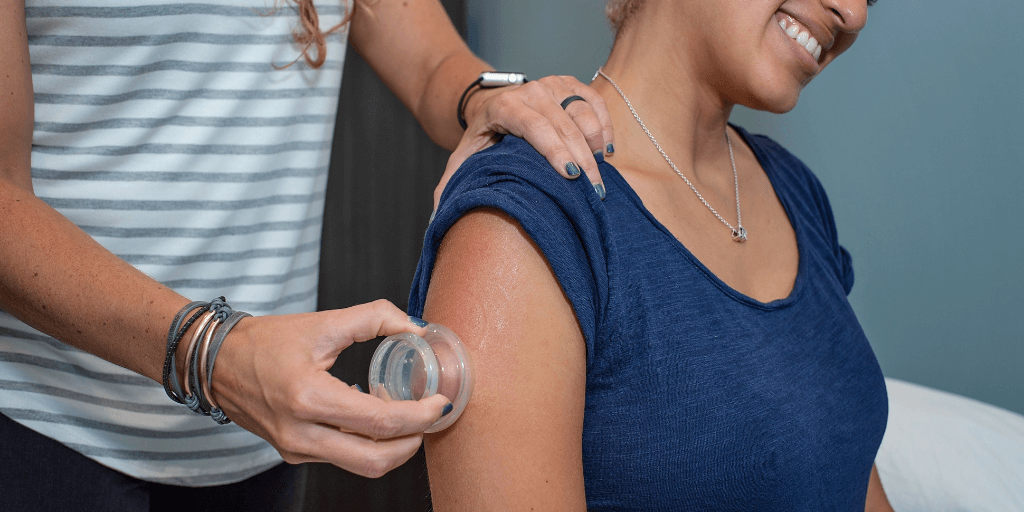 If you watched the Olympics, you more than likely saw stories on a treatment many athletes are using called cupping therapy. Cupping has been around for hundreds of years. The art of cupping developed over time for a variety of uses, and has been most notably used as a technique in Traditional Chinese Medicine (TCM).
If you watched the Olympics, you more than likely saw stories on a treatment many athletes are using called cupping therapy. Cupping has been around for hundreds of years. The art of cupping developed over time for a variety of uses, and has been most notably used as a technique in Traditional Chinese Medicine (TCM).
In TCM, cups are usually made of glass, with suction created by using an alcohol soaked cotton ball and lighting it on fire, then removing it just before the cup is applied. The cups are left on the skin for 5-15 minutes or longer.
Recently, cupping techniques have modernized with safer and more comfortable treatments. At Nesin, we use cupping as a tool for soft tissue mobilization, usually coupled with other manual treatments. Cupping can be used to move stagnation, improve inflammation, drain/move fluids, lift/stretch soft tissue, separate soft tissue layers, soften scar tissue, increase hydration of tissues, and aid in post-surgical edema drainage. Cupping is different than other soft tissue techniques. Rather than applying pressure to the tissues, the suction pulls the skin, fascia and muscle upwards, often helping to release restrictions and separate the layers that may be stuck together.
There are some differences in the version of cupping we use compared to TCM. We use silicone cups, which are comfortable, easy to clean, and clear (so the skin can be monitored). Cups are only left on the skin for 1-3 minutes if using a static technique. When using oil or lotion (we use coconut oil), the cup can be moved in different motions/techniques along the muscle or other soft tissue to help release any restrictions. Using different cup sizes, a variety of areas from the smallest muscles of the face to the largest muscles in the back and legs can be treated. We use cupping as one of our tools to treat many conditions including TMJ, headaches, IT band syndrome, back pain, neck pain, shoulder pain, knee pain, plantar fasciitis, and many other injuries and/or painful areas.
There are some contraindications for cupping. It should not be used in the first trimester of pregnancy, and used sparingly and gently after the first trimester. With children and the elderly, cupping can be used but should be short and not aggressive. It should not be used on patients who are currently taking blood thinners, have cancer, or have any skin issues. It is best to let a trained professional perform the cupping due to complicated nature of the techniques and the safety of the patient.

